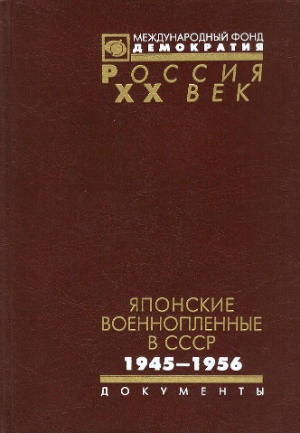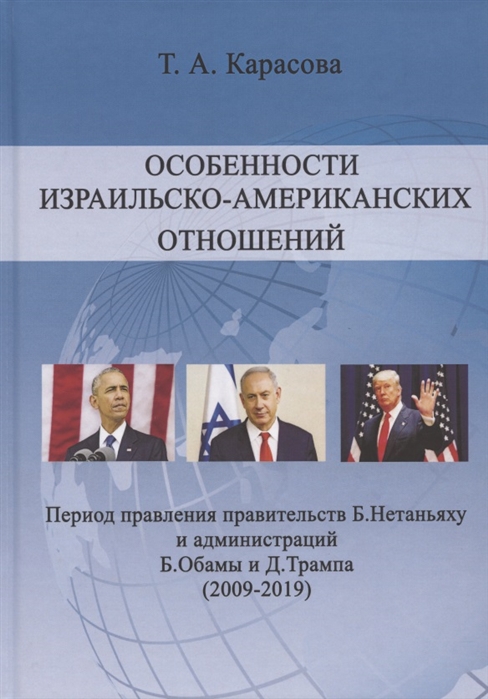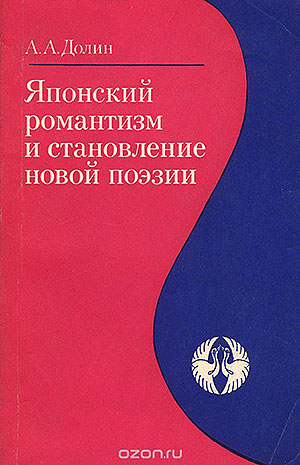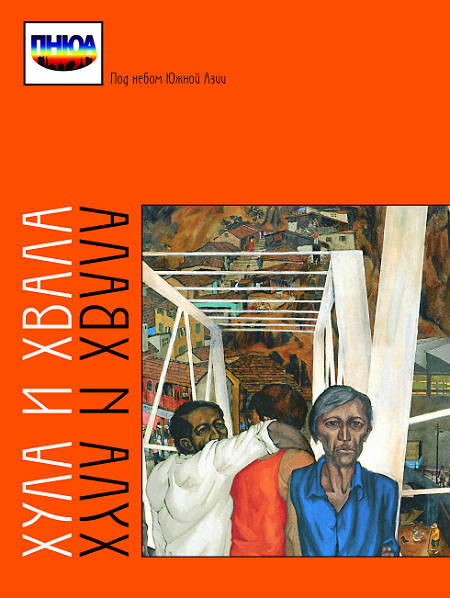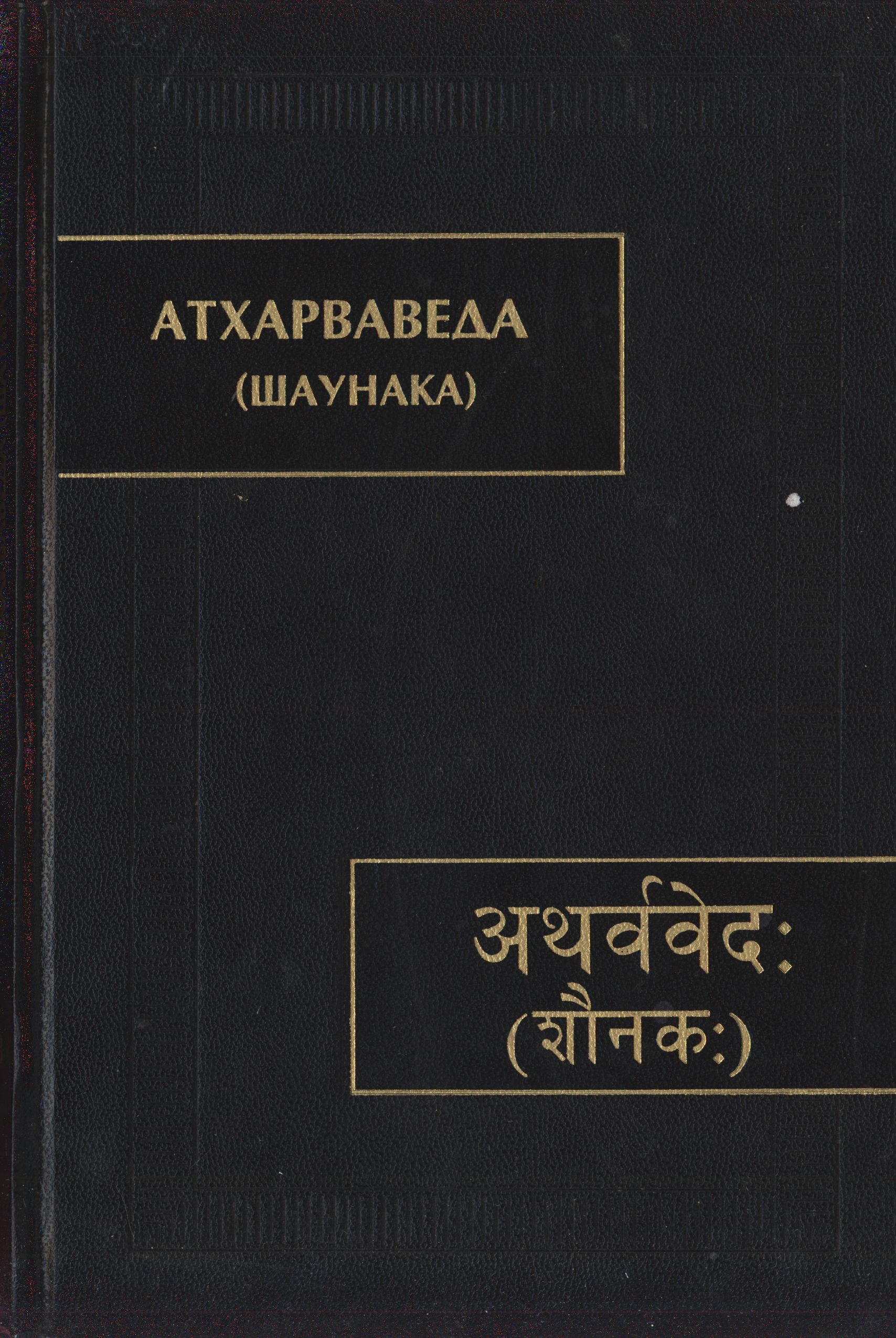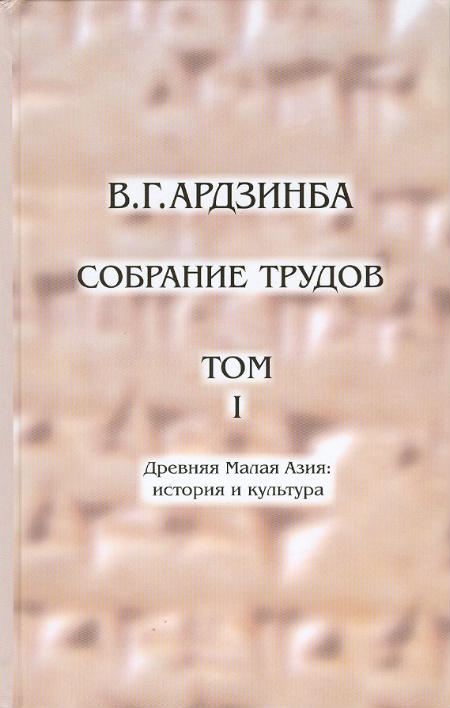Book
Epigraphy and State Formation in Early Southeast Asia: The Case of Funan and Zhenla
Institute of Oriental Studies of the Russian Academy of Sciences
Москва, 2019, 244 p.
The book is a collection of essays dealing with various aspects of Southeast Asian and Cambodian epigraphy and state formation. The first essay shows the decisive step to the territorial state in Southeast Asia that took place in the seventh century CE. The second essay offers English and Russian translations of the Vat Luong Kau inscription K. 365 issued in honour of the King Devānīka and found near Vat Phou in Laos. Devānīka's kingdom had no relation to the kingdom of Zhenla, except the possibility that Zhenla conquered the kingdom of DevAnIka or his successors. The third essay gives English and Russian translations of the earliest dated Old Kkmer inscription K. 557/600 of 611 CE found in Angkor Borei. The essay includes a short overview of the personal names in the inscriptions of Cambodia. The fourth essay includes English and Russian translations of the Phnom Preah Vihear inscription K. 733 and a discussion of the root vidyA in Old Khmer inscriptions. The fifth essay outlines the history and archaeology of Funan and its transition to Zhenla. The essay is written in Russian. It shows a gradual Indianization of the Lower Mekong River Delta where the kingdom of Funan emerged in the beginning of the Common Era.
РУССКАЯ ВЕРСИЯ: Становление государственности в Юго-Восточной Азии: Фунань и Ченла

